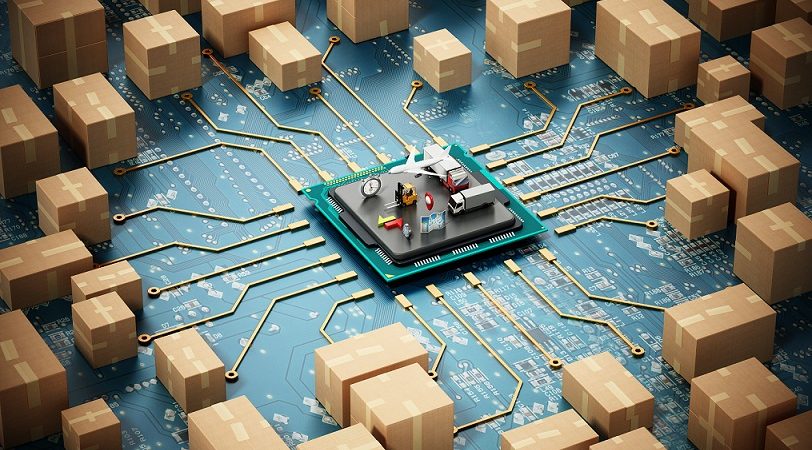Luiz Neto, Security Specialist and Enterprise Security Manager, ICTS Security Brazil, explains how to apply exponential security to logistics. According to him, exponential security tools provide greater synchronization in the supply chain.
The ‘exponential’ concept in companies and services is not new. There is a reference that the subject emerged when cloud storage democratized companies’ access to a data processing center, transforming fixed cost into variable cost. The importance of this accessibility is due to the most outstanding attribute related to the idea of exponential, which is the basis of information technology from the digital world on demand.

In addition to information enablement, other characteristics are necessary for exponential security: The use of algorithms to analyze large volumes of data; Asset sharing with lease; Employee engagement through transparency and instant feedback; Process interfaces that start manually and gradually become automated; Dashboards to measure and manage in real time; Experimentation by realizing pilots and new processes with controlled risks; And people’s autonomy relying on self-organized and multidisciplinary teams with decentralized authority.
The application of experimentation, for example, in logistic operations, helps to obtain better and faster results. Security relies on different devices, such as sensors, cameras, access control and processes that generate data, as long as they are digitized.
They can be worked with Machine Learning algorithms and have the ability to perform unprecedented tasks with precision, obtained from historical data, which can be shared with other areas, such as planning, hiring vehicles, human resources and compliance in order to optimize the decision-making process.
Putting these features into practice, it is possible for a vehicle tracking system, besides mitigating transport risks, to provide real-time information on the estimated arrival time at the destination to anticipate the receiving processes and obtain an improvement in unloading time.
Another application is for a monitoring center to receive an alert so that, at this specific moment, it uses its operational and analytical capacity to audit this process. This same analyzed information can help in deciding where the operational base will be installed, to reduce commuting time and avoid areas at risk of theft.
It is also possible to collect drivers’ feedback assuring that the delivery has been made, transferring the information to the recipient, even if it is the final customer or an internal control area of the business, and, based on the deadline and previous information, suggest the next route to be taken, resulting in autonomy and systemic control of deliveries.
Attention to a point that cannot go unnoticed – the processes and technologies mentioned can be built using the integration of the already installed technology hub to reduce costs and increase the speed of implementation.
The increase and, consequently, the dependence on technology in an operation that cannot stop, is a warning signal to establish a well-defined contingency plan for the responsible areas, in a way that supports and guarantees the continuity of receipt, storage, dispatch and transport of goods. After all, anticipation and prevention of business risks continue to be mandatory behaviors in exponential security.
Click below to share this article

